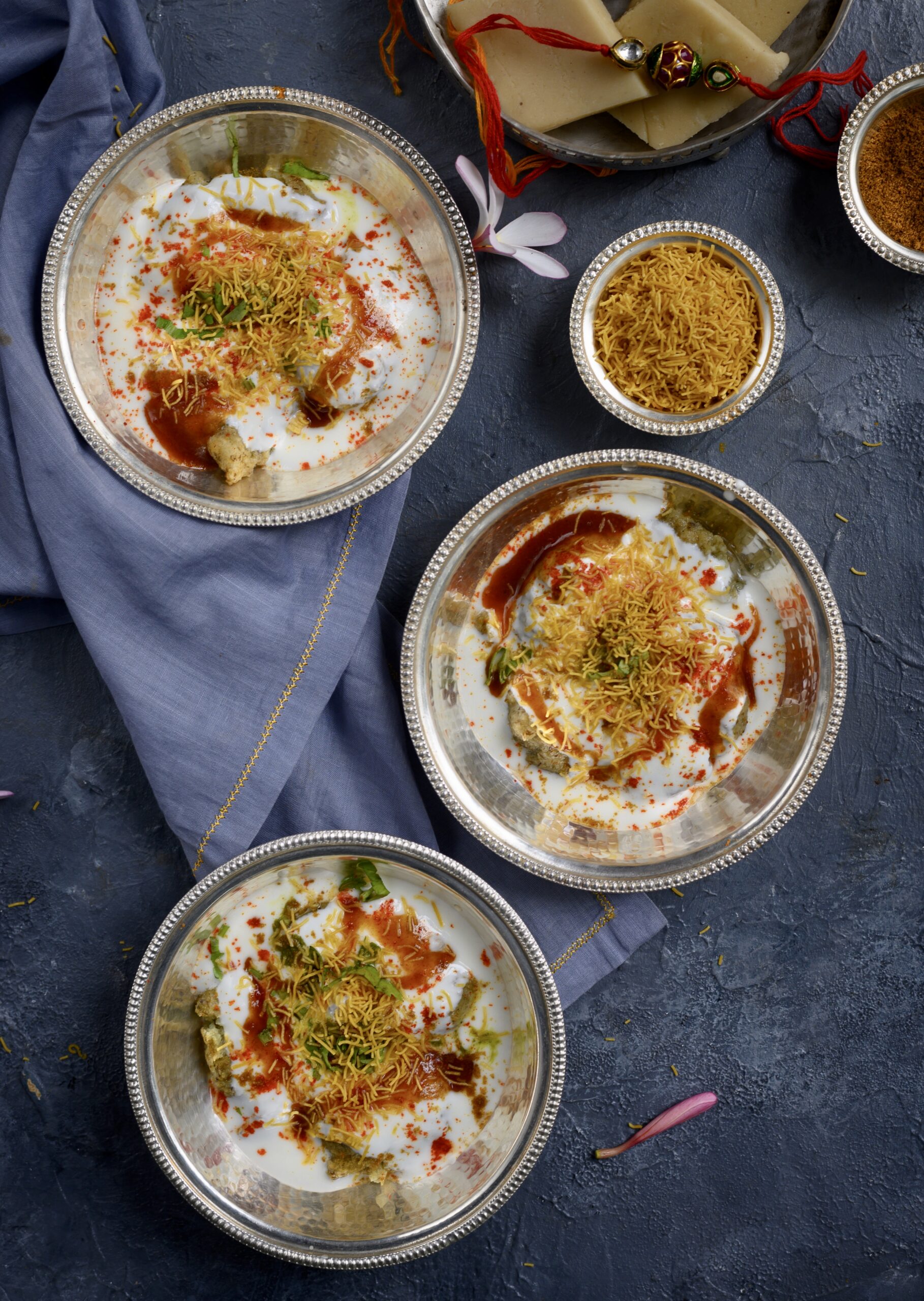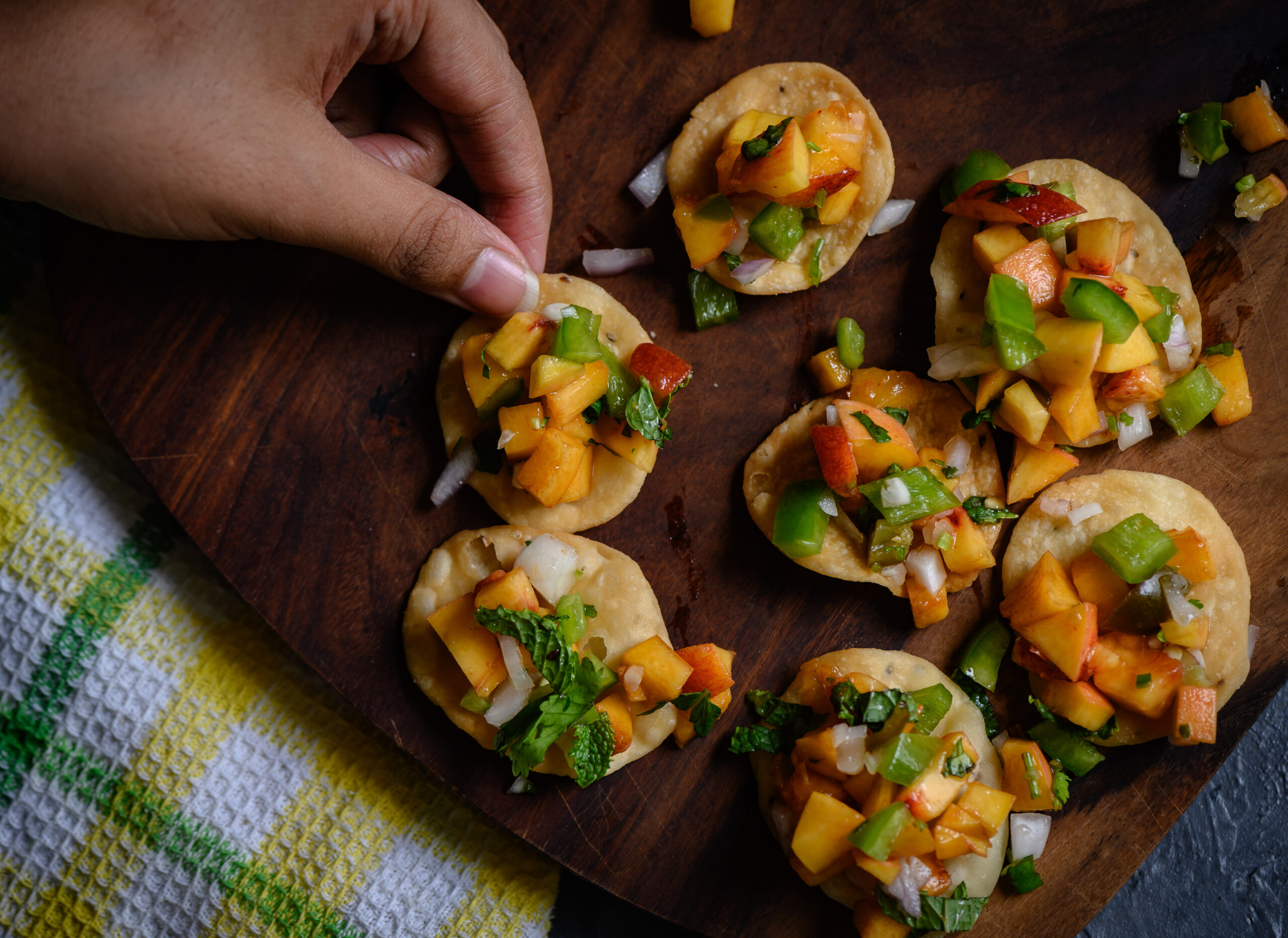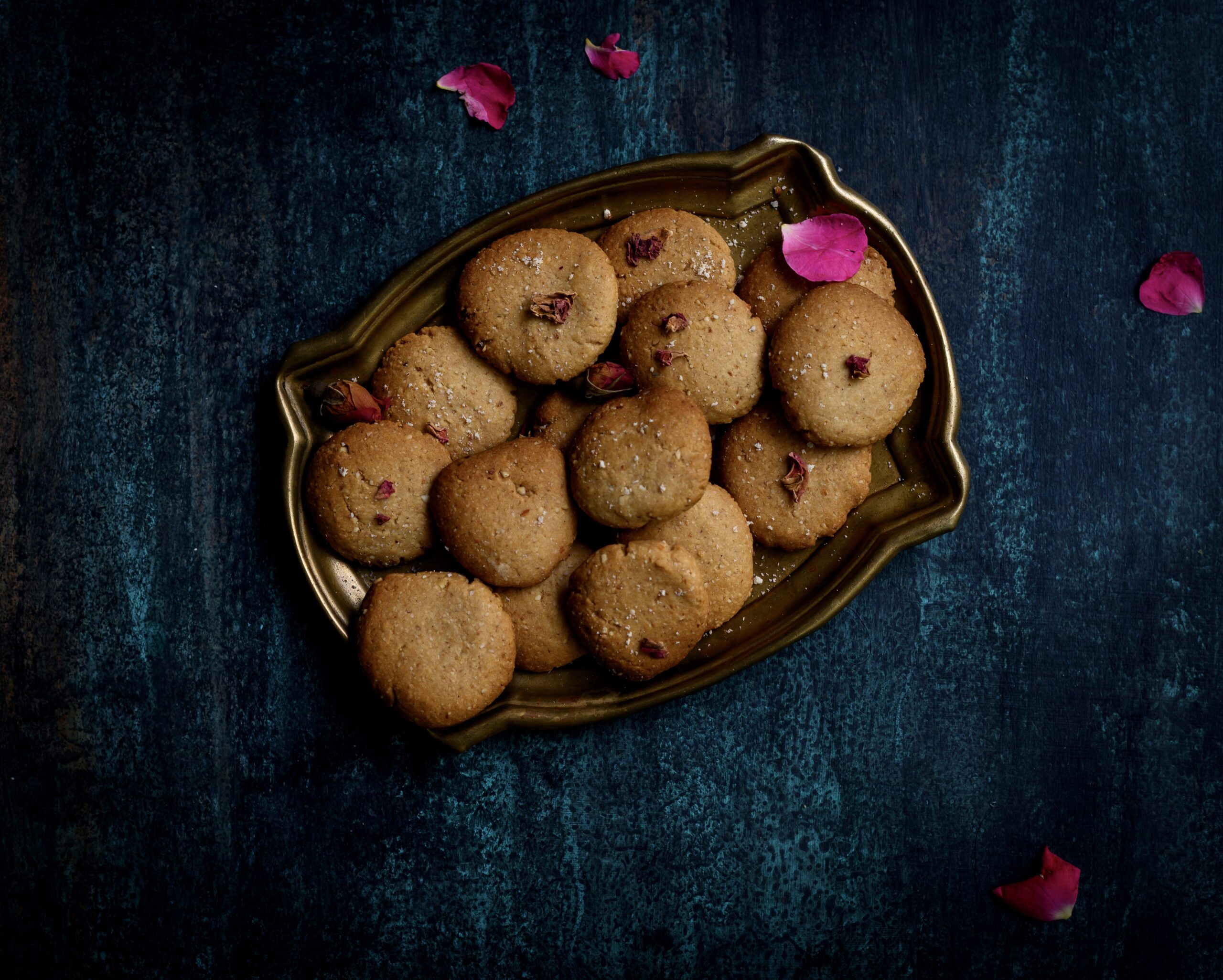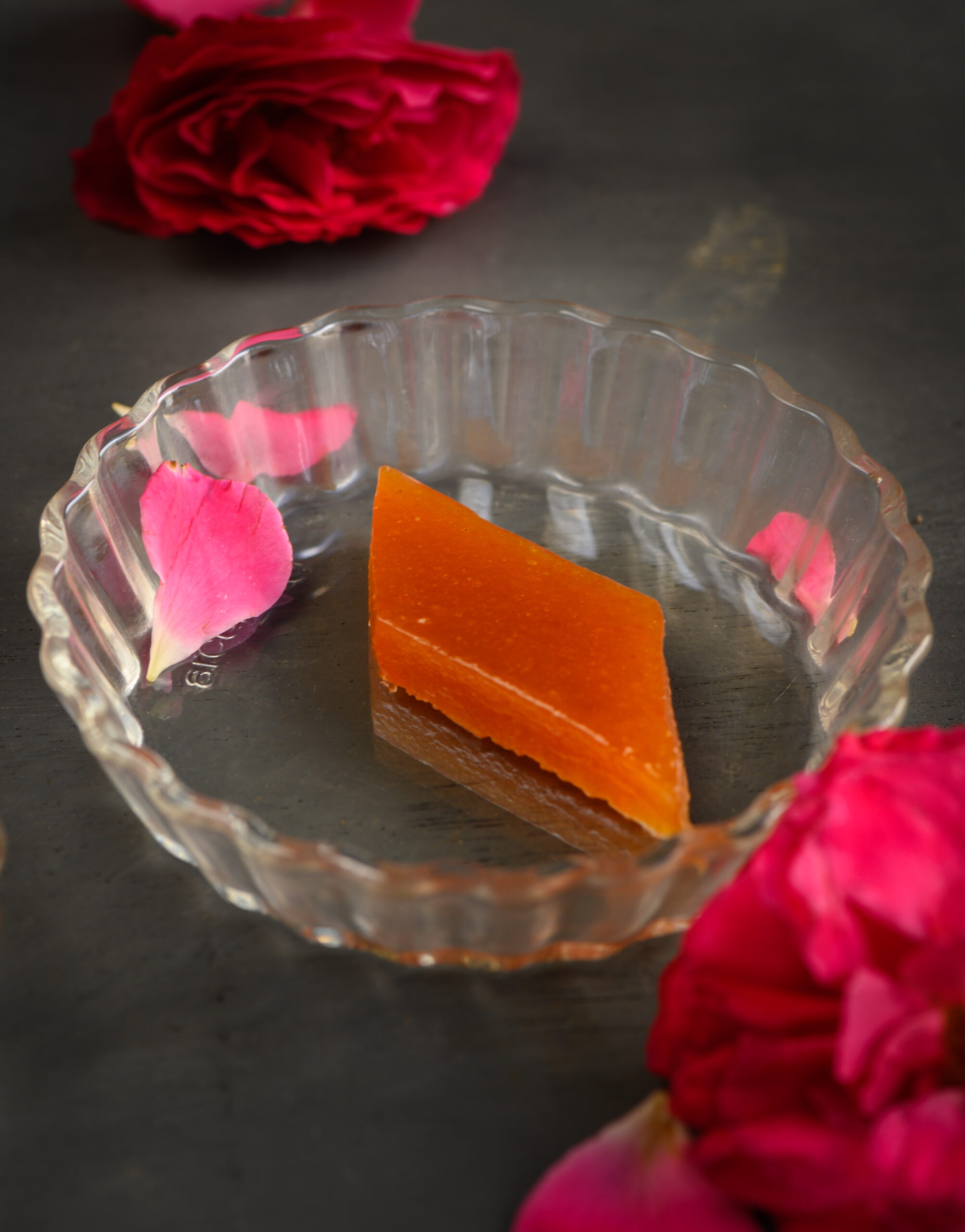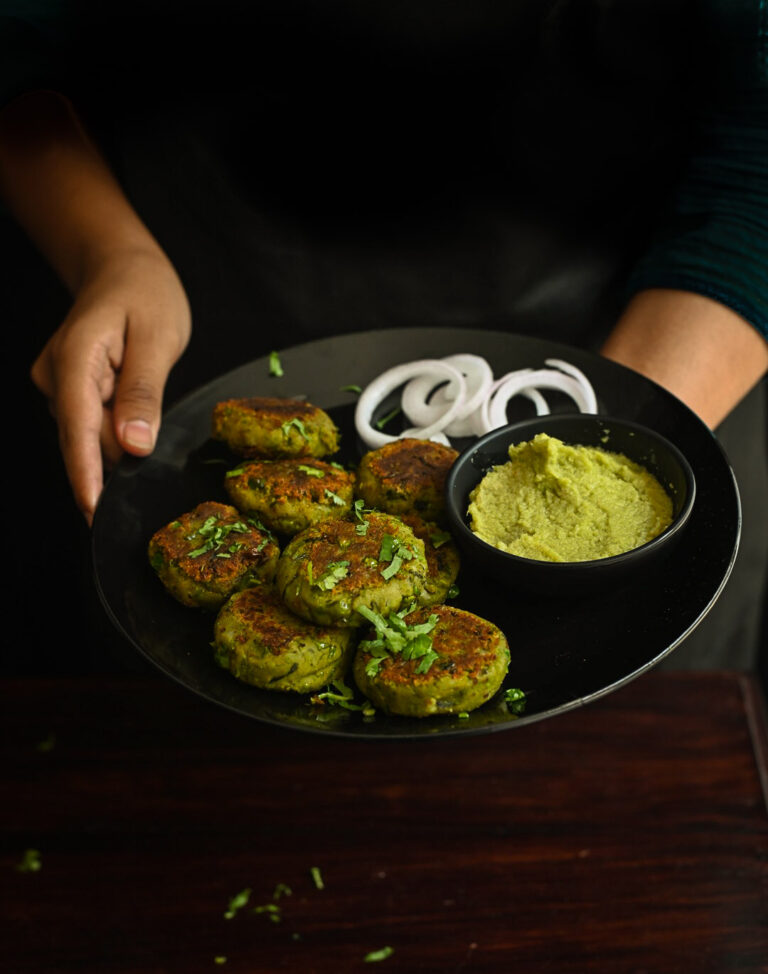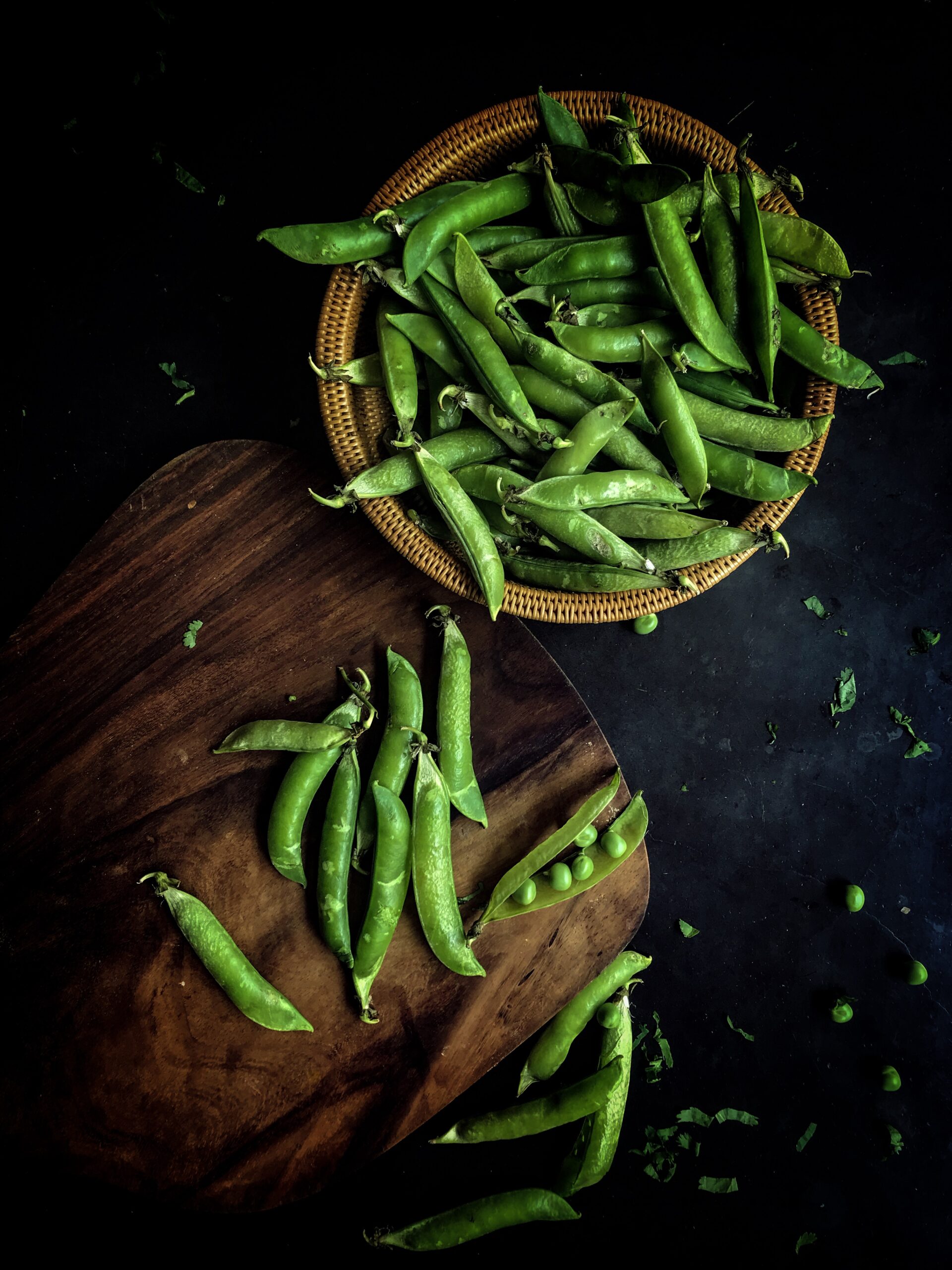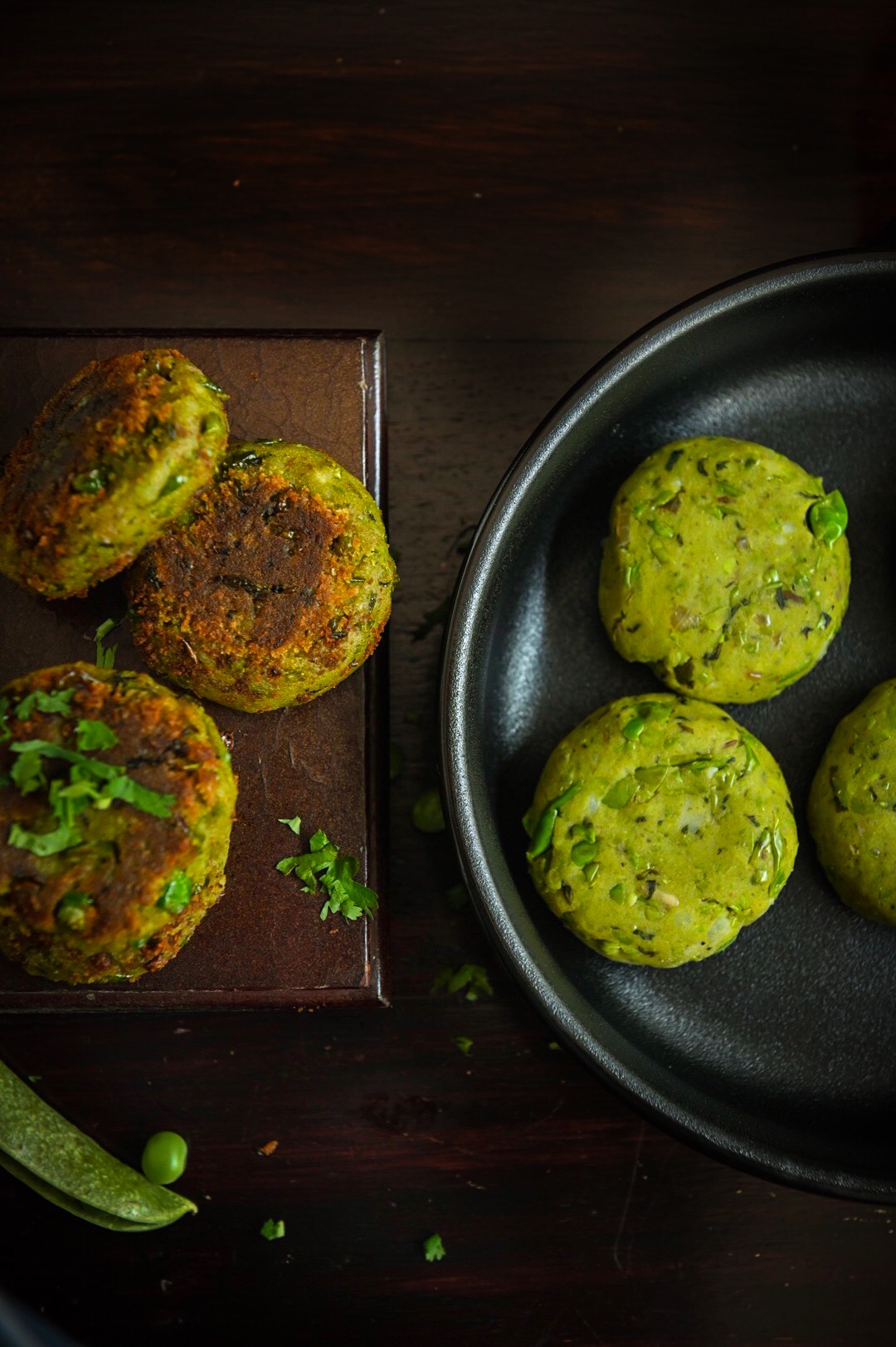I was visiting my sister in Mumbai through the fasting week of Paryushan, the most important time of the Jain calendar. Over the course of 8 days, devout Jains maintain some form of abstinence, depending on their personal capacity. Most abstain from eating leafy green vegetables, as this ties in to a belief that they contain life in a way that grains and certain other ingredients do not. Causing harm to any life is forbidden according to the Jain tenets, and during this time of fasting, non-violence is taken as seriously as possible. Some eat only a single meal per day. Others embark on a very intense form of abstinence, in which they will not eat or drink anything at all for the course of the holy days. Paryushan lasts for eight days, the highlight of which is Mahavir Jayanti (celebrating the birth of Mahavir, the twenty-fourth and final spiritual teacher of the religion), which falls on the fifth day. Those who successfully complete the rigorous fasting of consuming nothing over these eight days will say that they have done atthai.
As my sister’s family is a devout one, I saw firsthand what a challenge it can be, in the kitchen, to ensure that meals fulfill the strict criteria of the various fasts being undertaken. At a time like this, there is a complete lack of focus on food as savouring or giving in to desires or temptations are to be avoided. It is the simplicity of the food cooked that is appreciated. Thanking God for the basic things that life gives us, we don’t exactly celebrate (it is not a “festival”) but rather appreciate our blessings.
Given all this, one still has to be creative as a cook. One often finds, during this period, that ingredients that are normally reached for without a thought have to be excluded. For instance, my sister made green moong dhokla but carefully avoided the coriander leaves. Idli-sambar was a popular dish, reminiscent of our Chennai roots of course, that was surprisingly easy – one just avoided the onions and garlic. The one I enjoyed most of all, however, was makkai khichdi.
A khichdi, of which there are numerous variations, is a dish made of rice and lentils. In this version, however, the base ingredient is makkai – corn. Who doesn’t love corn? I’m a huge fan of anything to do with corn, which in addition to being delicious is also highly nutritious. It’s packed with Vitamin B, fibre, zinc, antioxidants, copper, iron and a bevy of other benefits. Corn-based dishes often lend themselves well to being either a snack or a meal, and this makkai khichdi fulfills both criteria.

As Jains consider corn (which is technically a grain) a green vegetable, my sister prepares this khichdi using coarsely dried corn. I enjoyed the dish very much when I visited her, but was eagerly waiting to trying out the fresh variation as soon as I got home. Of course, like always, I wanted to add my own twists. In this case, the twists were lemongrass and the use of coconut milk so as to make it vegan. The flavour of corn makes a great base to other flavours, so I knew that my experimental twists would turn out well. Sure enough, they did!
Simple, light and so delicious, this makkai khichdi is one of my favourites. The best evidence that this is a perfect comfort food is that the Dark Prince’s mother used to make it for him during his exams. When you know a child loves a healthy dish, you know that everyone will.

Makkai Khichdi
(Yield: 1 bowl)
3 cups grated fresh corn
1 cup milk (coconut milk optional)
1 tablespoon oil
½ teaspoon cumin seeds
1 green chilli
A handful of curry leaves
Approximately ½ cup lemongrass or about 8 stalks (cut long)
Salt to taste
If you are starting from scratch, ensure that the corn is grated length-wise. Keep it aside.
In a kadai, add the oil. Once it has heated, add the cumin seeds, curry leaves and green chili. Wait for it to splutter and then add the grated corn. Sauté on a medium flame and then add the milk/coconut milk at room temperature. Stir and allow to bubble for approximately 5-10 minutes. Add salt and lemongrass. Stir and turn off the flame.
With time, as the khichdi cools, it will thicken.
Now, remove the lemongrass from the concoction and discard it. You will find upon taking a bite that the flavours would have seeped in beautifully. Garnish with finely chopped coriander leaves and serve.
I also use a similar technique to make a soup some times, which I find pretty filling and tasty when I am not in the mood for a full meal. Prepare the recipe in a more liquid fashion, using more water. Eliminate the tempering, and grind the green chilli, lemongrass and corn together. Add a dollop of butter and voila – you have a rich, flavourful soup.
As a cook, and especially as someone who has trained in Macrobiotics and who is interested in the relationship between science and food, I’ve thought a lot about the logic of the Paryushan fasting season. My understanding is that it is a kind of pre-festive preparation. It falls at the end of the Gujarati calendar, ahead of occasions such as Navaratri, Diwali and so on, which are full of sweets and feasting. By keeping atthai, one detoxes the body and cleanses it before the indulgences of sugar and ghee that are to come. Moreover, the practice of fasting is also a kind of emotional release, a conscious way to close the chapter of a year.
The innovative dishes made during Paryushan, which eliminate all forms of violence as far as possible, are only half of what make me so interested in this holy season. The other half is the way it ends. On the eighth day, the ritual of Micchami Dukkadam is practised. This is the day on which we greet our relatives and friends with the words “Micchami dukkadam”, a Prakrit phrase which translates to “May all the evil that has been done be fruitless.” The ritual is essentially the practice of asking for forgiveness, allowing us to start our new year on a fresh note. What a beautiful way to close the week of purification through fasting, and begin the next chapter. What are some of the rituals from your culture that let you clean the slate? Are there special dishes that are a part of these too?










